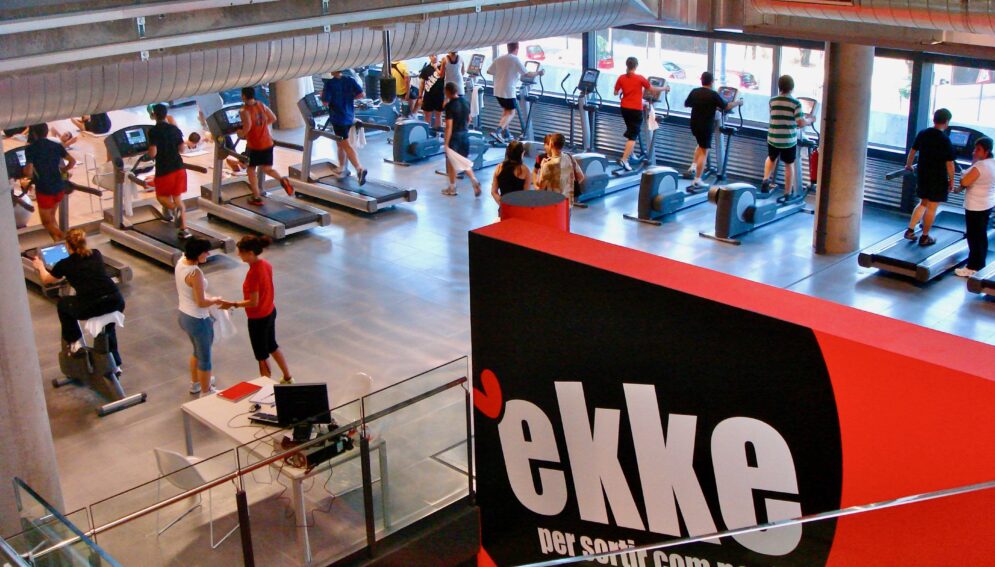ABSTRACT
Against all odds, there are those who are capable of seizing the opportunity to grow in times of crisis. And they do so because they have the courage to cast off old-fashioned concepts; they invest in their brand, and transmit their brand culture in the stores. They make the world their market based on ‘insight’ and innovation. And all of this configured in one complete business model. This means that now is the best time to start a solid project in retailing.
____________
On February 3rd of this year, I participated at the Italian Ambrosetti Marketing Workshop alongside of Jean-Claude Larreché, Professor of Marketing at INSEAD, as we were both giving a lecture on the new frontiers of marketing.
Larreché is author of The Momentum Effect, which has been considered on Amazon as one of the ten best Management books published in 2008. It is based on the idea that – even in times of economic turbulence – many companies can expand; greatly expand, by using their own internal energy. Hence the ‘momentum’ metaphor, which lent its name to the book.
This assertion, which may appear shocking at first sight, is accompanied by a method on how to use the internal capacities fruitfully to promote growth. It courageously responds to a question most customers had previously no answer for.
.
Growth is not just a dream
Despite the grey economic climate, there are many companies that see an increase in their sales figures. Apple, for instance, whose growth is unfaltering, or Desigual, probably the world’s fastest-growing fashion chain.
Both companies are in sectors heavily affected by the crisis and characterized by numerous strong competitors. Nonetheless, they know that they have to invest resources to develop one thing in particular: their brand. A brand is the greatest asset in economic terms, and much more valuable than any material assets or buildings alone.
.
The factors those who grow care about
First of all, both companies no longer consider themselves simple ‘producers’ in the old-fashioned sense of the word, and understood the immense benefits of selling – though not solely – to the general public.
Secondly, they do not use their stores merely as selling machines, but also as a preferred vehicle to express their brand meaning in an experimental way: the theatrical positioning of Desigual is quite remarkable in this respect. In addition to their shops, they also use other resources with a leader-ship attitude: eye-catching presence at trade fairs, spectacular events, the web, etc.
Thirdly, their mindset is clear: they go beyond their own geopolitical borders. Their market is the world.
And finally, when considering a new product, they intend to look at and understand well a particular public, in order to detect an ‘insight’ that will serve as the backbone of their innovation.
.
They create business models and systems
The most interesting fact is that the above-mentioned aspects are not used separately but are integrated into one single business model.
Desigual cleverly combines its direct sales channel with sales through independent retailers. Apple perfectly combines the iPhone with direct sales of their applications, creating an integrated whole whose profits astonish.
.
Danone also understood this
Designed to experience the brand culture, Danone is putting the finishing touches to its first store in the centre of Barcelona.
Danone store in the construction phase.
The photo shows an aesthetical entity in the store’s entrance, which I hope won’t become the reception. This would mean that they had failed to grasp the semiotics of retailing. At the Sony store, you are first taught how to edit videos and then sold a camera. The order in which the store is used is not neutral.
.
Innovation in retailing takes time
Based on our guidelines, it wouldn’t take an architect long to design a store; but devising a whole new business model – including the intervention of the architect at the end -takes just over a year.
Smart companies are starting their projects at this precise moment in time. Once the crisis is over, they will be in pole position, since they will have purchased stores more cheaply than the competition and gained access to customers with the largest amount of savings ever seen.
.
Lluis Martinez-Ribes
Source: Distribución Actualidad, the spanish magazine of retailing
(nº 400, March 2009)




